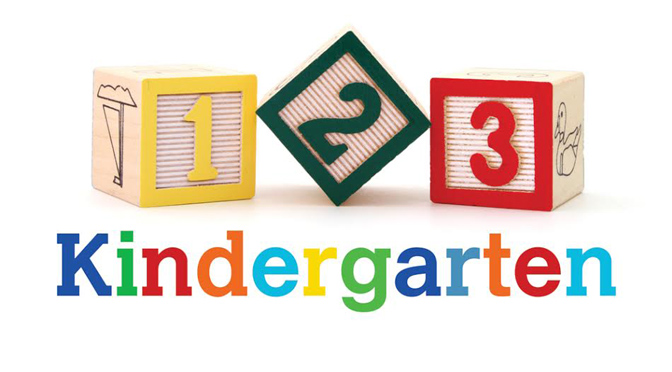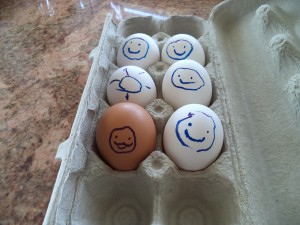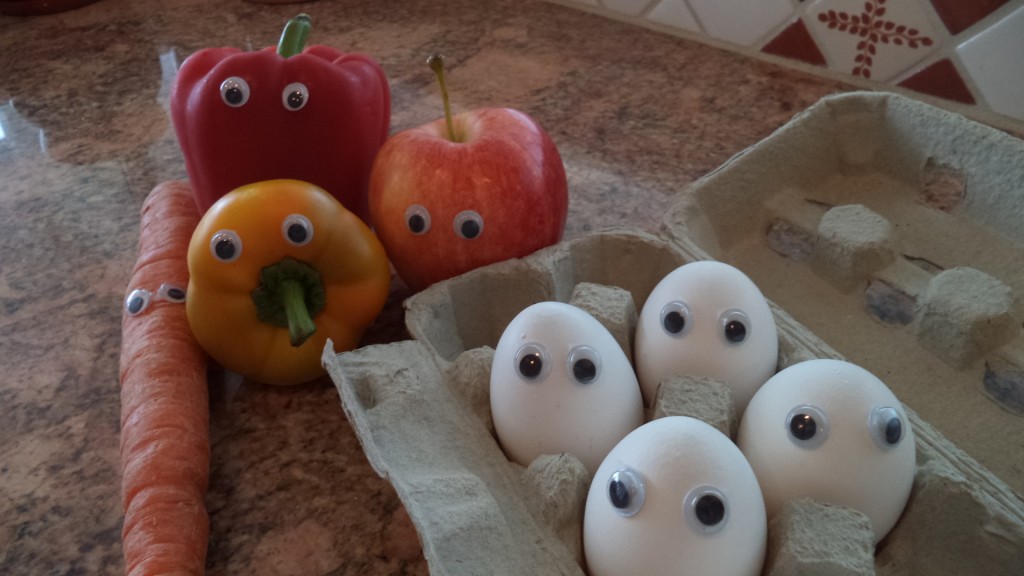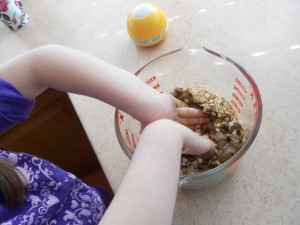Kids need more nature hikes because…hiking time outdoors in nature changes our brains; it helps bodies, brains, and hearts for all ages, wee ones to grown ones.
Q. Just imagine after St. Patrick’s or April Fools, you were somehow left with one wish or a magic wand. A sort of realistic one, but your wish or magic had to be for children’s early programs, like a daycare, playschool, or kindergarten. What would you wish for? Recently, I asked several parents of young kids this question and here are their answers.

A. Jodie, mom of 2, also a chef. “More outdoor exploring.”
Science is saying the same thing: kids need more nature hikes. Some research, reported in the article “Doctors Explain How Hiking Actually Changes Our Brain,” by Alanna Kelter, gives powerful reasons. One of these is it can reduce the number of negative thoughts.
Have you ever had a song stuck in your hear, or someone’s words? When we hear criticism from a colleague, boss, family member, stranger, or even a friend sometimes we play it over and over and over in our minds. It can keep us from focussing on other issues and even interfere with our sleep. Kids can do that too. Bet you have heard your child ask for something every 3 seconds after you’ve said no. They have whatever it is they want stuck in their thoughts. It’s no fun to have mean words echoing in there. Hiking can greatly reduce them. Perhaps it’s because we eventually hear the voice of nature instead in birdsong, wind whispers, and other sounds.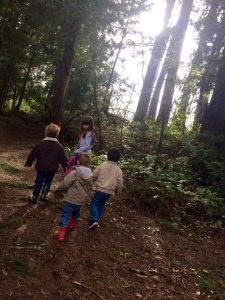
Attention is a learned skill and for some, like those with ADHD, it’s a challenging issue. Hiking time can increase the ability to attend to something and decrease impulsive behaviors. This makes sense because when in nature, all our senses are attuned to the same channel. As our bodies slow down and release tension, we ease up on the reactions and have time to think and choose an action.
Besides hiking, kids need, as Jodie says, time for outdoor exploring. Nature is full of wonders, from tiny ants and other creatures, to sky-touching trees and massive mountains. As kids wonder, they also connect to nature and to their own inner selves.
Yes, for sure, kids need more nature time. Thank you, Jodie. Is this something you wish for too?
(Mrs. A explores the importance of outside play time and nature connections in her 1 2 3 Kindergarten School videos for parents and careviers.)
